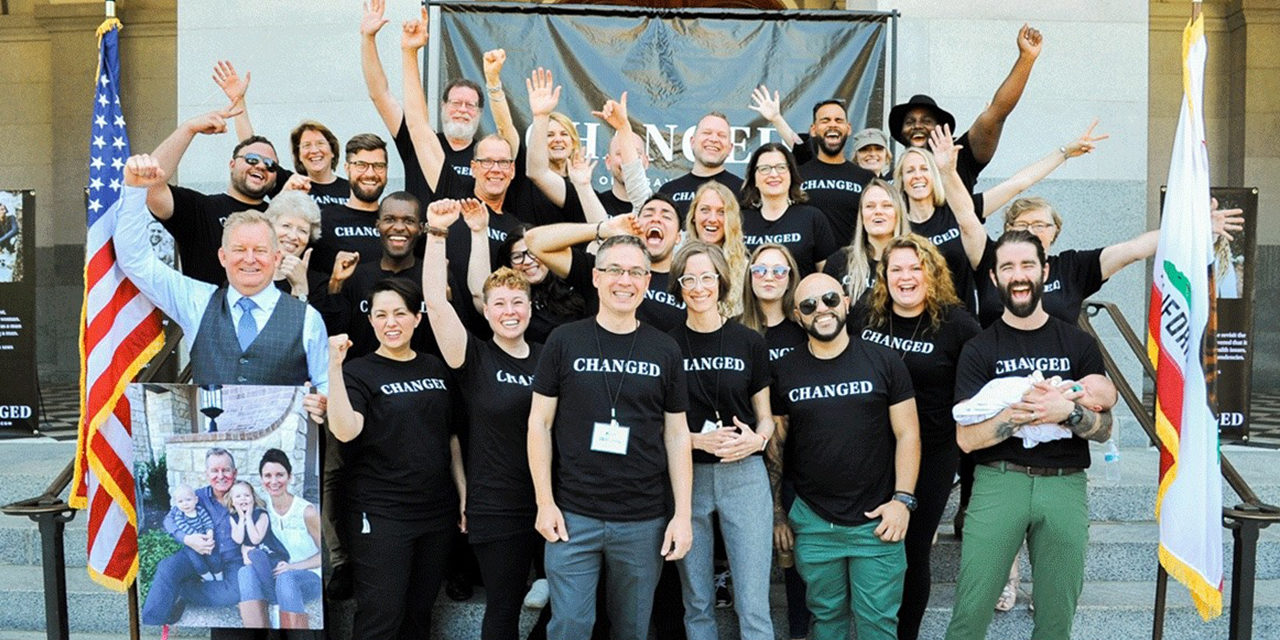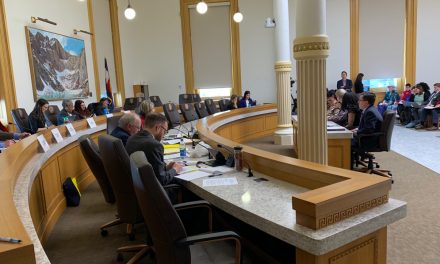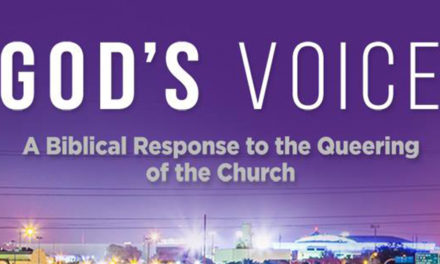LGBT activists and their supporters in the mainstream media and health professions have developed a narrative that they proclaim as absolute truth: Any kind of therapeutic or spiritual help for people with unwanted homosexual attractions, behavior or identity doesn’t work and is damaging.
But a new study demonstrates that this narrative isn’t necessarily true. Titled, “Efficacy and risk of sexual orientation change efforts: a retrospective analysis of 125 exposed men,” it shows therapy for unwanted homosexuality can be effective and helpful.
Such research is important, because it challenges the idea that so-called “Sexual Orientation Change Efforts” (SOCE), sometimes called “conversion therapy,” are ineffective and harmful, which is then used to push laws banning counseling and support for those who want help leaving homosexuality. Such bans are a threat to free speech, client autonomy and self-determination, and religious freedom.
Ultimately, forbidding help for those who want to follow God’s design for sexuality and marriage is a threat to the church. After all, if you can stop therapists, you might try to stop Christians as they walk alongside and pray for those finding freedom from homosexual thoughts, feelings, behavior and identity.
Researchers analyze data from a sample of 125 men who voluntarily sought to deal with unwanted same-sex attractions, identity or behaviors. The study concluded, “SOCE was perceived as an effective and safe therapeutic practice by this sample of participants.”
The researchers involved were Rev. D. Paul Sullins, Ph.D., Department of Sociology, The Catholic University of America; Christopher H. Rosik, Ph.D., Department of Psychology, Fresno Pacific University, and Paul Santero, Psy.D., Southern California Seminary.
Compared to the rest of the U.S. population of men, those who participated in the retrospective analysis were well educated, prosperous, “disproportionately white,” and highly religious.
With regard to religion, “Almost all of them (88%) reported attending religious services at least once a week, a proportion at least four times higher than the national average,” the researchers said. 28.5% of the population were Mormon; 9.8% identified as Jewish; 36.6% were non-denominational Christian or part of a Christian denomination; and 35% as “Unspecified Christian.” The authors speculated that some of that latter group were also Mormon.
Of the 125 men, 51 were married. The researchers explained that marriage and faith seemed to be motivating factors for many in the sample.
Participants sought a variety of types of help, including religious support groups, pastoral counselors, same-sex retreats, marriage or family counselors, psychologists, non-religious support groups, psychiatrists, and social workers. The authors said, “Most participants utilized more than one of these means,” adding, “42% reported that they were still currently in therapy of some sort for same-sex attraction.”
With regard to change from homosexuality, the researchers looked at the men’s level of same-sex attraction, identity and behavior, before and after counseling, and found that for “all three components of sexual orientation – attraction, identification and behavior – average same-sex orientation in the sample significantly declined following SOCE intervention.”
Drs. Sullins, Rosik and Santero also found, “Other aspects of sexual desire, including kissing, ideation, and a desire for romantic intimacy, decreased significantly with regard to homosexual partners but increased with regard to heterosexual partners following exposure to SOCE.”
“Heterosexual sex behavior also increased slightly,” the report stated, explaining, “Unlike decreased homosexual sex, increased heterosexual sex is not necessarily a goal of SOCE intervention.”
The analysis found that almost 55% of the men noted a partial remission in homosexual attraction, with almost 14% reporting a full remission. A little over 27% said they experienced no change, while 4% reported a negative change – an increase in same-sex attractions.
The report said, “A substantial proportion of participants reported achieving some remission, either partial or full, of unwanted same-sex attraction (69%), identification (54%) and behavior (45%). If efficacy means full remission, only about one in seven SOCE participants (13.7-14.4%) achieved full remission of unwanted attraction or identification, and one in four (26%) experienced full remission of unwanted homosexual sex behavior.”
However, not all men found the change they were seeking in attractions, identification and behavior, “For a substantial proportion of respondents, however, SOCE exposure was associated with no effect (27-47%) or even a negative effect (4-10%) on unwanted same-sex orientation.” Many of the men who remained in therapy were still pursuing their chosen goals.
In addition to looking at the effectiveness of SOCE, Drs. Sullins, Rosik and Santero also wanted to find out if such efforts were helpful or harmful. The examined “six psychosocial areas: self-esteem, social functioning, depression, self-harm, suicidality, and alcohol or substance abuse,”
The study showed, “For all six areas the participants experienced both positive and negative changes, however the positive changes were stronger and more widely distributed than the negative changes. … For all six areas the net change, which is the
summative index of both positive and negative changes, was a positive number greater than zero. This indicates that, considering both positive and negative changes, the net effect of SOCE for each area was positive.”
The authors were clear about the limitations of the study, saying the study involved self-reporting, which could indicate bias on the part of respondents. They also said, “This sample is clearly not statistically representative of the general sexual minority population. The sample was not randomly drawn, therefore inferential tests cannot indicate quantitative representativeness of any population. … As such, our findings should not be generalized, especially in reference to sexual minority women and those who are not highly religious.”
They also noted that there seems to be a divide in the research on those seeking to leave homosexuality, with some studies focusing on religiously motivated clients who found a measure of change and help, while others recruited individuals who are not religious and who identify as LGB. The latter group, often studied by LGB-identified researchers, reports they did not change and were harmed by their efforts.
This suggests, they conclude, “Researchers are studying very different subpopulations of sexual minorities, distinguished in large part by their different experiences of contemporary, speech-based forms of SOCE, which should not be generalized to all sexual minorities.” They suggest that future research should take this into consideration and develop “ideologically diverse research teams.”
While the study doesn’t show that everyone who seeks change from homosexuality will find it, it does show that spiritual and therapeutic help are effective and helpful for many. Hopefully, it will give pause to activists and legislators seeking to ban any therapeutic help for same-sex attracted individuals who choose to follow God’s design for relationships, sexuality, identity and marriage.
Related articles and resources:
Read the research: “Efficacy and risk of sexual orientation change efforts: a retrospective analysis of 125 exposed men”
Do People Change from Homosexuality? Hundreds of Stories of Hope and Transformation
Focus on the Family: Understanding Homosexuality
In Victory for Free Speech, Court Strikes Down Bans on Counseling for LGBT Individuals
Is Therapy to Leave Homosexuality Damaging? New Review Says, ‘No Proof of Harm’
Therapy Bans Threaten Religious Freedom, Free Speech and Parental Rights
Photo from Facebook






